
© Wikimedia Commons
Gold and silver pieces as well as bones and pottery from 1500 years ago have been discovered in Lake Titicaca by underwater archaeologists, a researcher says.
"We found 2000 objects and fragments," Christophe Delaere, the Belgian co-director of the Huinaimarca Project that unearthed the items, said at a ceremony in La Paz.
President Evo Morales, Bolivia's minister of culture and diplomats from Belgium were also in attendance. The expedition began two months ago on the Bolivian side of the lake, which is shared with Peru. Underwater explorations turned up objects from different eras, both Inca era and pre-Inca (1438-1533).
The project unearthed 31 gold fragments, mainly around the Isla del Sol, where legend holds that mythical founders of the Incan empire emerged from the lake's waters. Underwater excavations were carried out in other parts of the lake where objects from different dates were found.
"There are ceramics and urns from more than 500 to 800 years ago," Delaere said.
Elsewhere, 1500-year-old objects such as stone vessels, incense containers and figures of animals such as pumas were found. Tales about the lake containing underwater citadels and wealth supposedly stashed by indigenous Quechua and Aymara people from Spanish conquistadores have existed for centuries in Bolivia.
In the late 1960s, French explorer Jacques-Yves Cousteau conducted several expeditions in Lake Titicaca, finding signs of a civilisation. Morales stressed that Bolivia, South America's poorest nation, is keen to recover its national patrimony on display in countries in Europe and the US.
Source: Agence France-Presse
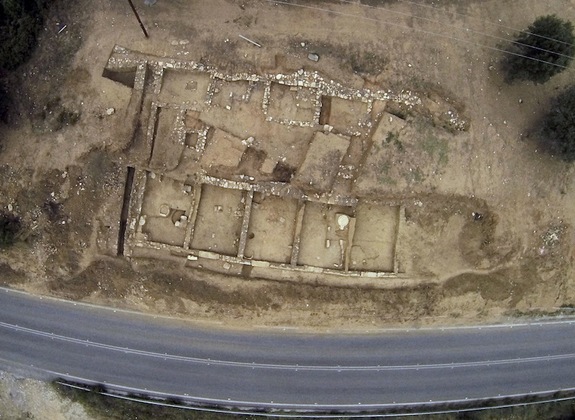
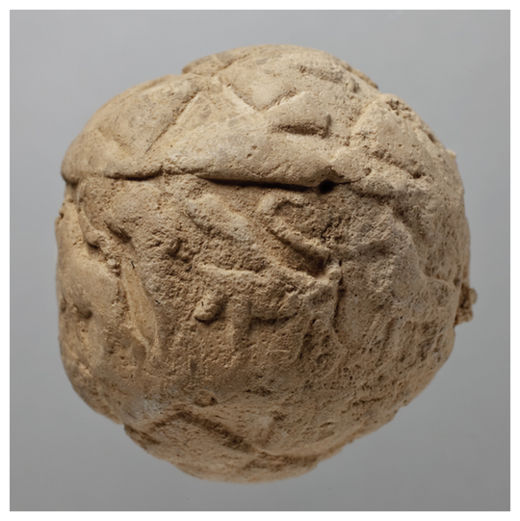

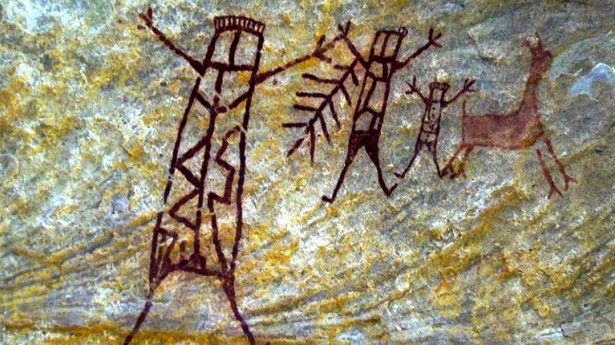
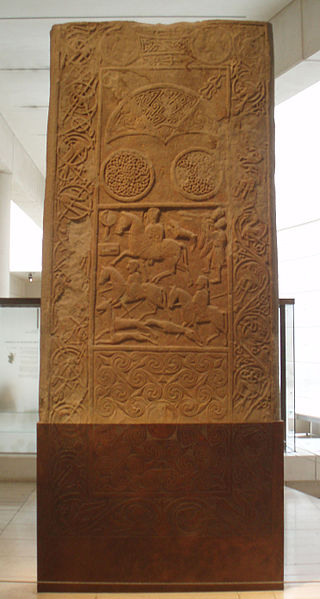



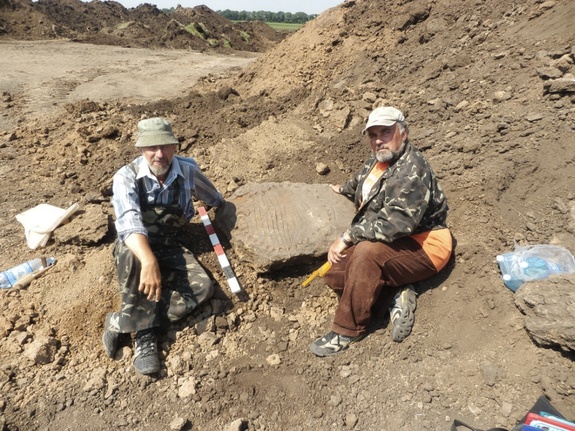



Comment: It is not the first ever evidence of a comet exploding in the earths atmosphere.
See:
Did a massive comet explode over Canada 12,900 years ago in North America and propel the Earth into an Ice Age?
The mystery of mammoth tusks with iron fillings
A Different Kind of Catastrophe - Something Wicked This Way Comes